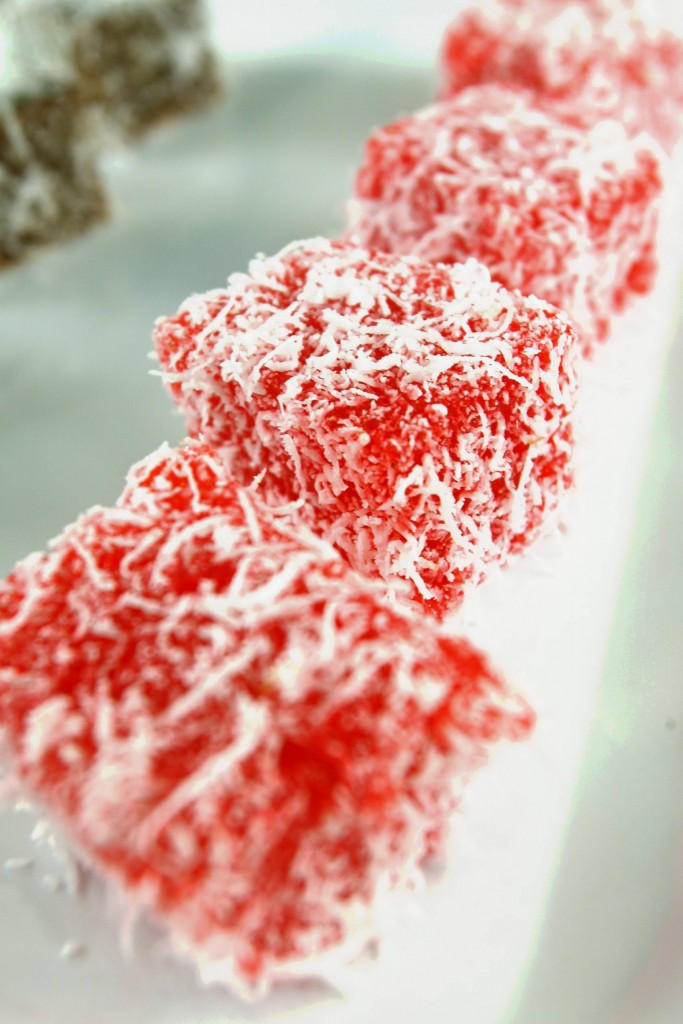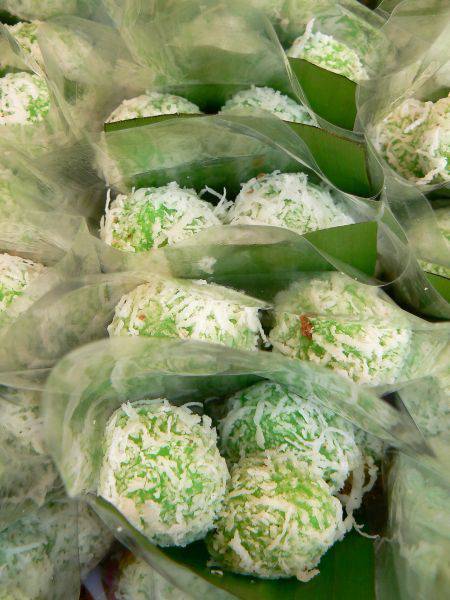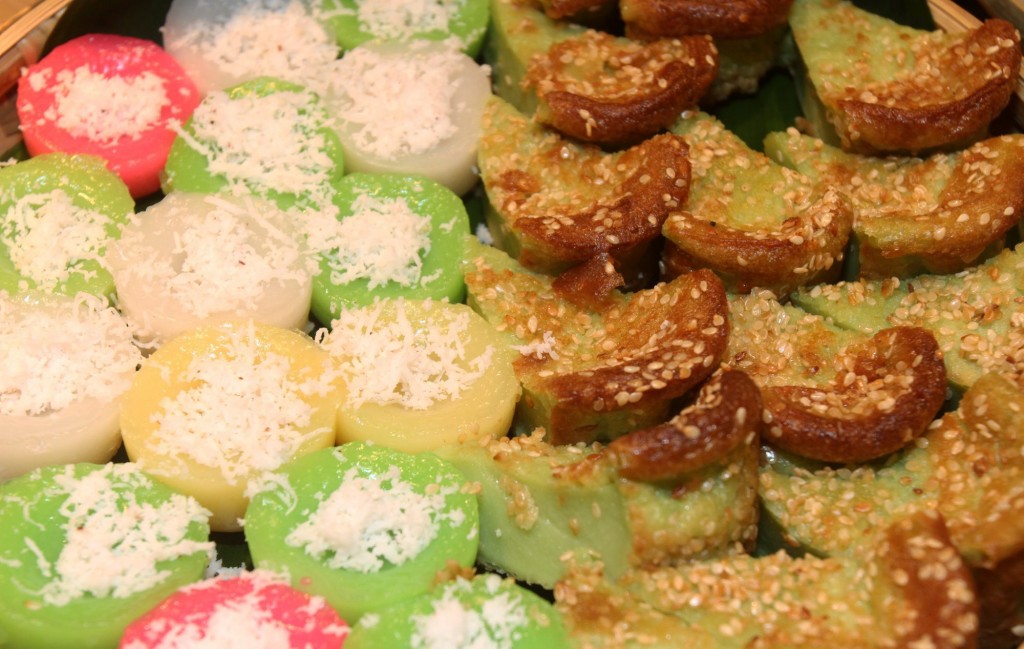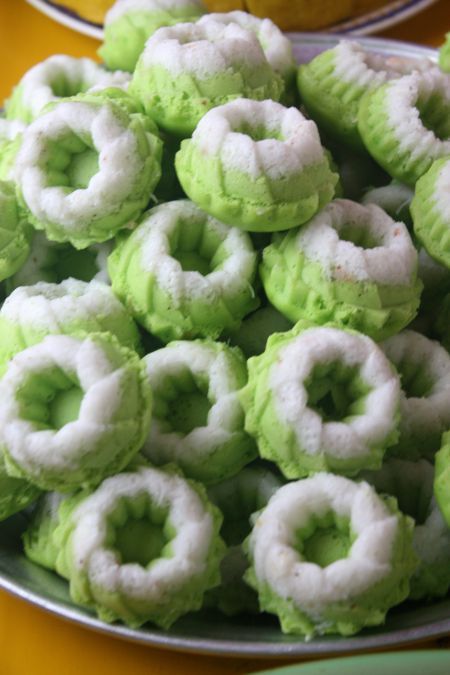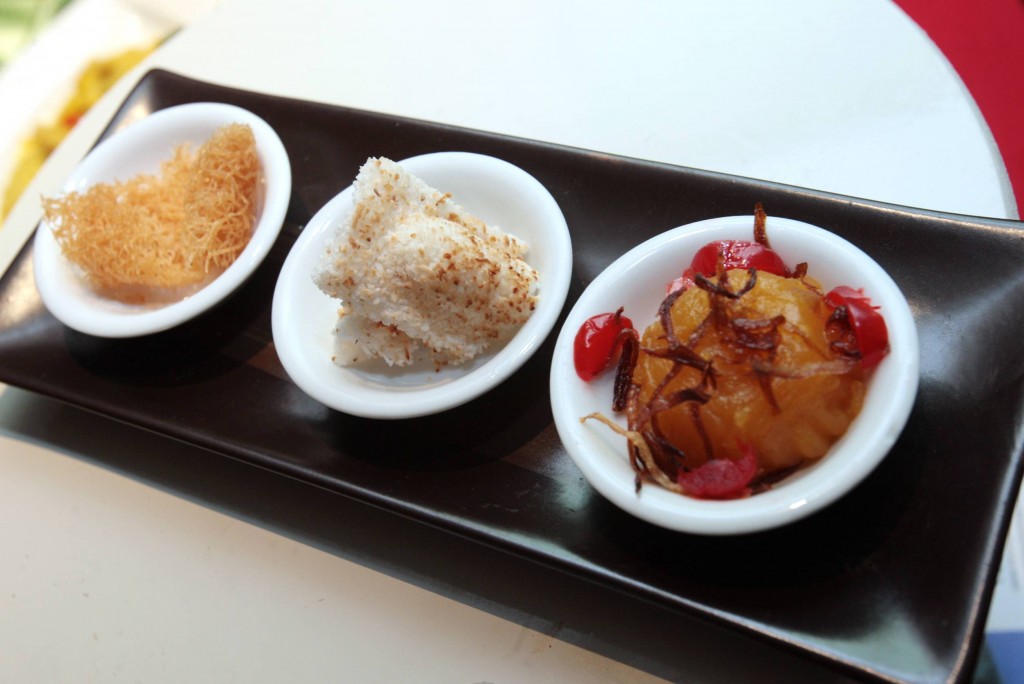Malaysian kuih are a range of sweet finger foods usually eaten for breakfast or teatime – or any time, for those of us with less impulse control
As part of BEST@ Malaysia, the latest instalment in the BEST@ series, we took a closer look at the vast range of influences that make up the tapestry of Malaysian culture – and it was simply inevitable that a discussion on Malaysian culture leads to the subject of food.
Many of the kuih in Malaysia are painstakingly prepared by hand for a yummy eating experience, but the kuih rolled in, or stuffed with, coconut that is the most preferred varieties – and consequently, the focus of this article.
1. Ketayap
Ketayap is decadent pouches of caramelised coconut filling made from sheets of rice flour that have been coloured green with pandan (Pandanus amaryllifolius). The coconut filling is made sweet with brown palm sugar (gula melaka) and stuffed inside the rice flour crepes. The rolls are often folded at the ends to keep the sweet contents from spilling out.
2. Kuih Lopes
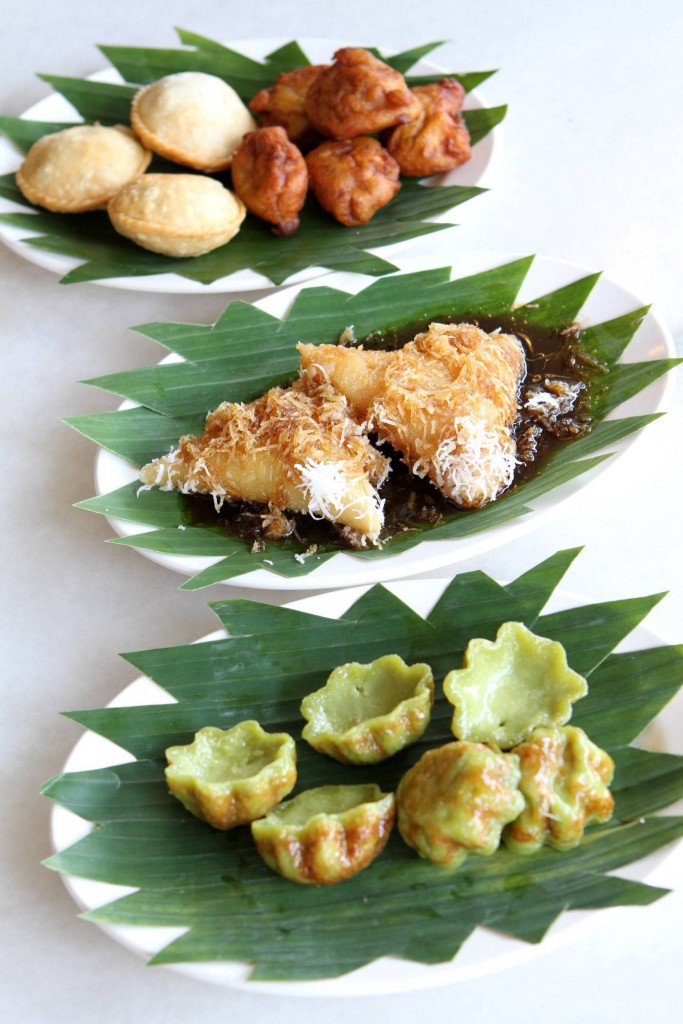
The picture shows a variety of traditional kuih in Malaysia includes Kuih Lopes which is in the middle.
Various recipes for different versions of Kuih Lopes exist along the west coast of Peninsular Malaysia, but the Northern Malaysian version is typically pandan-flavoured glutinous rice cakes rolled in coconut and served with gula melaka syrup to complete the taste.
3. Onde-onde
Like most other kuih in Malaysia, Onde-onde is one of the more widely known forms of traditional treats. This kuih is made up of glutinous rice flour or sweet potato. The Onde-onde is typically impregnated with pandan juice, rolled in freshly grated coconut, and saturated in palm sugar before consumption.
4. Kuih Sagu
Kuih Sagu is another common kuih made with pearl sago and sugar. The sago is boiled until translucent, cooled in a tray, cut into pieces, rolled in freshly grated coconut, and sometimes enjoyed while chilled. For flavour and colour, a little rose essence, or some red food colouring is added during the cooking process.
5. Kuih Lompang
Kuih Lompang refers to a famous cake tradition in Malaysia. These kuih are usually formed with the help of a mould – a small cup with a small hole in the centre. Often, the result is a colourful steamed cake, which is relatively healthy because it does not contain oil. A mixture of rice flour and sweet potato is often used, with grated coconut sprinkled over.
6. Kuih Seri Ayu
Kuih Seri Ayu, Puteri Ayu, and Kuih Nyonya are the same. It is a kuih which is coloured green with pandan and contrasted with white coconut flakes as a topping. The kuih is made fragrant with pandan and has a moist texture like a sponge cake. This kuih is steamed in small plastic moulds which will form the characteristic shape.
7. Kuih Dangai
Kuih Dangai is also known as Kuih Rangin. Different parts of Malaysia feature different Kuih Dangai varieties with slight differences in the baking process. Kuih Dangai is relatively easy to make with the help of a mould, as all you really need to do is mix coconut, flour, and sugar, pour the mixture into the mould, and ensure that the contents of the mould are compressed slightly.
If you’re interested in reading more stories from BEST@ Malaysia, the latest instalment of the BEST@ series, subscribe here.

